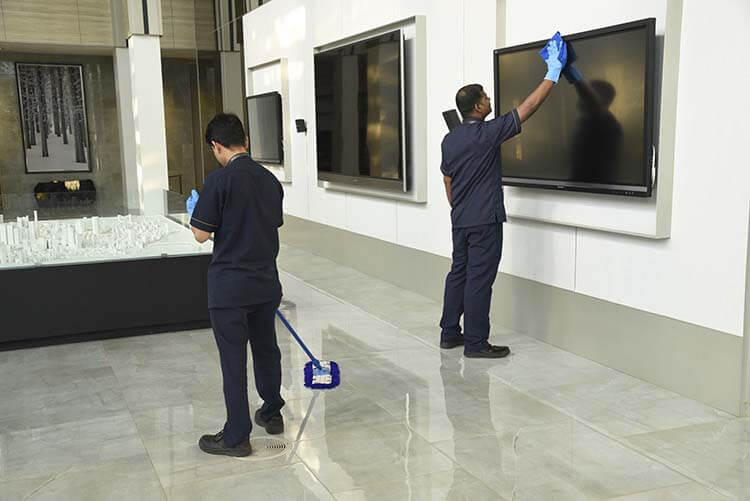- Inspections verify that companies are meeting industry safety and compliance standards protecting workers, assets, and communities. While essential, preparing for assessing audits feels daunting given extensive requirements encompassing operations, inventory, machinery, and structural facilities. Nevertheless, systematic preparations avoid stressful last-minute scrambling. Breaking down inspection preparation into manageable steps and starting well ahead of scheduled visits means facilities can transform a potentially overwhelming process into an achievable series of tasks that enhance overall operations.
Get Organized Early
Give yourself abundant lead time preparing checklists outlining facility inspector needs. Compiling digital and printed records takes time yet provides necessary proofs meeting codes. Establish clear folders confirming current licenses, past inspection results, personnel certifications, evacuation protocols, and safety team contacts.
Map all inventory, then diagram layout detailing item locations and existing shelving capacities supporting orderly stock density. Assessing workflow efficiency ensures properly spaced furnishings and equipment to meet fire egress requirements between rows. To avoid inspection failures, it’s best to identify and resolve potential code conflicts early in the revision process.
Document Everything
Maintain detailed logs of all preparation activities, repairs, and improvements made while readying for inspection. Photography helps track progress resolving identified issues. Record dates, personnel involved, and specific actions taken. This documentation proves proactive facility management and shows commitment to continuous improvement. Should questions arise during inspection, these records provide clear evidence of completed work and ongoing maintenance schedules. Digital documentation systems help organize these records for quick retrieval when needed.
Conduct Self Audits
Mimicking professional inspection processes helps managers gauge existing states through auditors’ perspectives. Self-assessments build familiarity with reporting metrics that external clipboard-carrying examiners will use when scrutinizing premises themselves.
Review regulatory checklists as guides highlighting vulnerabilities needing solutions before visit day. Be honest identifying root causes of disorganization, outdated equipment, pavement cracks, drainage issues, etc. Then develop reasonable improvement timelines within budgets. Determine whether facility management companies like those from All Pro Cleaning Systems offer relevant remediation services or provide recommendations.
Clean Thoroughly
Sanitation says a lot. With the walkthrough date approaching, it is important to schedule a detailed and extensive cleaning of the premises well beforehand to guarantee a positive outcome. Scrub floors, vacuum air ducts, pressure wash exterior walls, polish windows, sanitize kitchens, restock supplies, empty trash, replace burned out light bulbs, touch up paints, and address lingering odors that leave bad impressions on guests. A fresh space looks and smells better. First impressions really do matter.
Double-Check Repairs
Verify completed task status to avoid surprise failures that catch everyone off guard at the worst moments. Turn valves to ensure smooth operations and test backup generators kicking on then properly shutting down to avoid prolonged runtime once main power restores. Repaired machinery should cycle through full operational motions ensuring previous deficiencies no longer lurch progress. Prevent avoidable rework scrambling post-inspection to upgrade items listed for corrections needing done anyway.
Confirm Accessibilities
Inspectors verify pathways accommodating differently abled visitors and personnel. Measure door widths, hallway turns, restroom stalls, light switch placement, signage font sizes, and parking spaces confirming ADA compliances. Support structures must handle assisting device loads under possible visiting scenarios.
Prep Personnel
Brief all staff regarding behavior protocols during assessments. Remind teams inspection scores reflect company culture through observed comportment. Courteous compliance and safe diligent conduct improves scores. Verify assigned personnel availabilities to answer category specific machinations questions. Prevent negative marks because of mere miscommunications stalling processes. Remember, hosting is about getting operational insights, not about showing off.
Conclusion
Inspections offer opportunities to strengthen safety and procedures when embraced positively. Stress dissipates when checklists get checked off early and often while preparing facilities well in advance of the final walkthrough. What auditors find should only verify the great progress ongoing.

